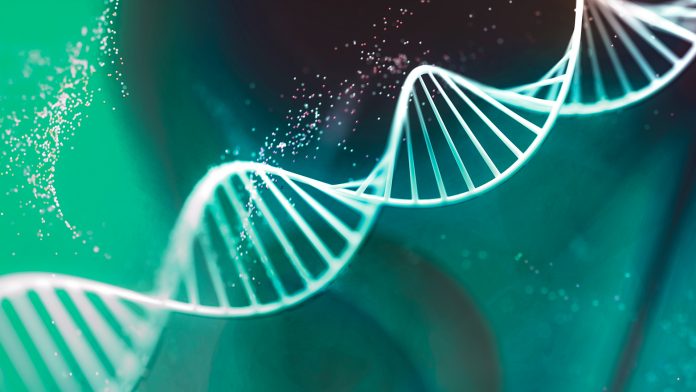
A new study into the functions of the cystinosin transporter protein may lead to better treatment of the devastating genetic disease cystinosis.
Cystinosis is a rare genetic disease caused by genetic mutations instigated by a protein called cystinosin. A team of researchers has recently solved the structure of cystinosis, enabling them to understand how mutations interfere with the gene’s normal function. This research can provide insight into the underlying mechanisms of the protein and suggest new ways to treat the disease.
The study, which was a collaborative effort by researchers at UC Santa Cruz, Stanford University, and the University of Texas Southwestern Medical Center, was published in Cell on September 15.
“This paper could set a model for how to combine those three areas, along with biochemical assays, to quickly narrow in on how a protein functions and identify a therapeutic strategy,” said Glenn Millhauser, Professor and Chair of Chemistry and Biochemistry at UC Santa Cruz and a corresponding author of the paper.
How does cystinosis occur?
The cystinosin transporter protein plays a crucial role in how cells manage cysteine, an essential amino acid. Cells are constantly breaking down and recycling proteins for use in building new proteins. Transporters like cystinosin move the amino acids out of the cellular compartments, known as lysosomes, where proteins are broken down and moved into the cell, where they can be reused.
If cystinosin is not functioning properly due to mutation, cysteine builds up in the lysosomes and cystinosis occurs. Cystinosis causes damage to tissues and organs that can lead to kidney failure, muscle wasting, and other serious conditions.
“It’s a rare disease, but it can be deadly. If it’s untreated, people with cystinosis usually die by age ten,” said Millhauser.
Molecular understanding of cystinosin could lead to new therapies
Cystinosin adopts different conformations when opened from the inside of the lysosome to when it is opened from the outside. The researchers solved the structures of cystinosin in these different conformations using x-ray crystallography and cryo-EM.
Understanding these structural changes through the transport process required the use of DEER studies. DEER is a specialised magnetic resonance technique that can be used to determine how a protein changes its shape, this was performed by Millhauser’s lab.
“With that, we were able to figure out the mechanism that allows cystinosin to switch between those different states, and we could narrow in on which of the protein’s amino acids were driving the transition. Now we can see how the mutations are changing the protein’s ability to change shape and pump cystine out of the lysosome,” said Millhauser.
These insights into the molecular mechanics of cystinosin’s transport activity can provide scientists with a more detailed understanding of the pathogenesis of cystinosis. This will help to create new therapies to treat cystinosis.
“It may be possible to enhance the transport activity of cystinosin by developing conformation-selective small molecules or biologics that favour a cytosol-open conformation,” wrote the authors.
This research could be used to create new treatments for a wide range of other rare diseases that are caused by mutation of transporter proteins.
























